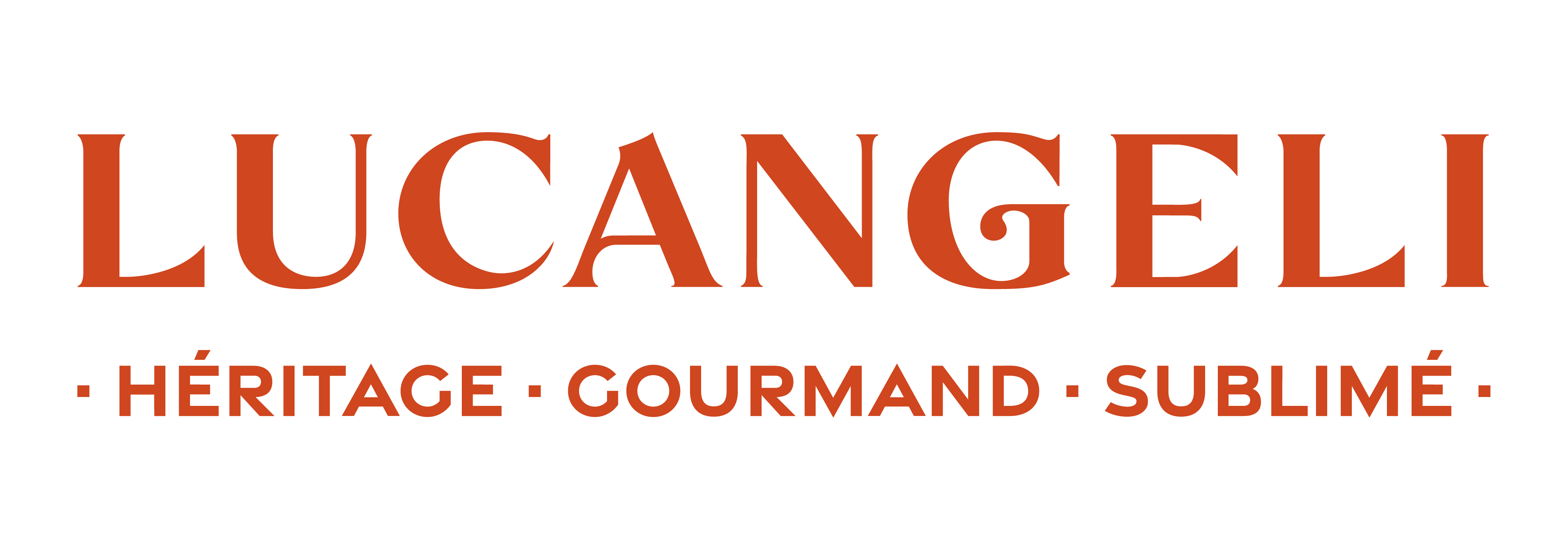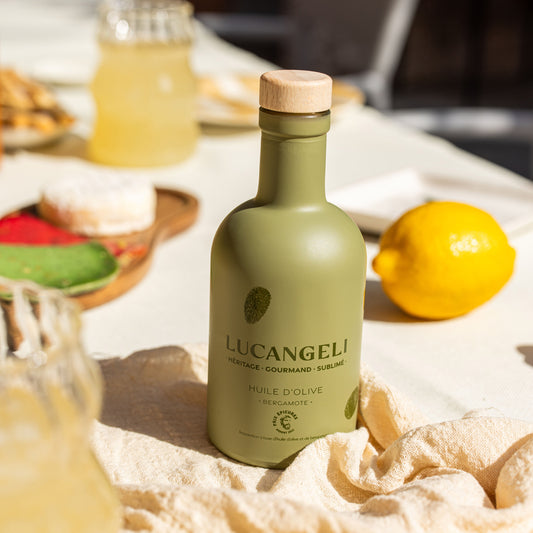Under the golden light of the Mediterranean, olive oil reveals its age-old secrets. Each drop tells a story, that of a terroir, of expertise, of a passion passed down from generation to generation. But how can you distinguish an exceptionally high-quality olive oil from an ordinary product? In a market overflowing with options, recognizing the signs of excellence becomes a delicate art that deserves to be mastered.
The visual and sensory criteria of a quality olive oil
The color and transparency are revealing.
The first encounter with a quality olive oil is through sight. An authentic extra virgin olive oil displays a color that varies from intense green to luminous gold, depending on the ripeness of the olives at harvest time. This chromatic palette is not merely aesthetic: it reveals the richness in polyphenols and chlorophyll, guarantees of freshness and nutritional benefits. Organic fruity green olive oil , for example, reveals this color intensity characteristic of an early harvest, where each olive was picked at its peak.

Aroma and taste, signatures of the terroir
The sense of smell is the second pillar of quality assessment. A high-quality olive oil releases a complex aromatic bouquet as soon as the bottle is opened. Herbal, fruity, and sometimes spicy notes should be clearly and harmoniously expressed. On the palate, the oil reveals its character: a slight bitterness and a delicate spiciness at the end of the tasting indicate the presence of phenolic compounds, true markers of quality. Organic ripe fruity olive oil offers this harmonious blend of flavors where sweetness and character are subtly combined.
The texture, a reflection of the extraction process
The viscosity and fluidity of an olive oil reveal the conditions of its extraction. A quality oil has a silky texture, neither too thick nor too thin, that glides harmoniously over the tongue. This ideal consistency results from a gentle cold extraction process, preserving the integrity of the aromatic compounds. The bergamot-infused olive oil , a silver medalist at the 2023 Épicures Awards, perfectly illustrates this textural excellence combined with a unique and distinctive flavor.
Understanding labels and designations
The different categories of olive oil
The classification of olive oils follows precise criteria established by the International Olive Council. Extra virgin olive oil, the pinnacle of quality, must have no organoleptic defects and an acidity level below 0.8%. This technical excellence is coupled with exclusively mechanical extraction, without chemical treatment or excessive heating. Understanding these distinctions allows one to appreciate the value of the perfect trio of organic olive oils , which brings together three distinct expressions of the Calabrian terroir.

Certifications and quality labels
Labels are reliable guides for the informed consumer. Organic certification guarantees environmentally friendly production, without pesticides or chemical fertilizers. Protected Designation of Origin (PDO) or Protected Geographical Indication (PGI) attests to the inseparable link between the product and its terroir of origin. These certifications, far from being mere marketing claims, reflect a commitment to quality that is evident in every tasting. The 1L bottle of ripe, fruity olive oil embodies this philosophy of certified quality, offering generosity and authenticity.
The art of tasting and preservation
How to taste olive oil like an expert
Olive oil tasting follows a precise protocol that reveals all the nuances of the product. In a tulip-shaped glass gently warmed by the palm of the hand, the oil releases its volatile aromas. A deep inhalation precedes the sip, where the oil must be drawn in with air to oxygenate the taste buds. This technique, practiced by professionals, allows one to appreciate the aromatic complexity and balance of flavors that characterize exceptional oils.
Optimal preservation and shelf life
Preserving the organoleptic qualities of a high-quality olive oil requires rigorous storage conditions. The main enemy remains oxidation, accelerated by light, heat, and air. An opaque bottle, a stable temperature of around 15-18°C, and consumption within 18 months of harvest guarantee the longevity of its flavors. These simple yet essential precautions allow you to fully appreciate the subtle nuances developed by master olive growers.
Recognizing a quality olive oil is a sensory learning process that is refined with experience. Beyond technical criteria, it is the producer's passion, their respect for the land, and the transmission of ancestral know-how that make all the difference. In this quest for excellence, each tasting becomes an invitation to travel, a discovery of the infinite riches contained within this Mediterranean nectar.

















 lucangeli.it
lucangeli.it
